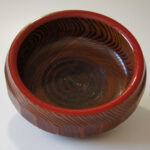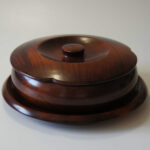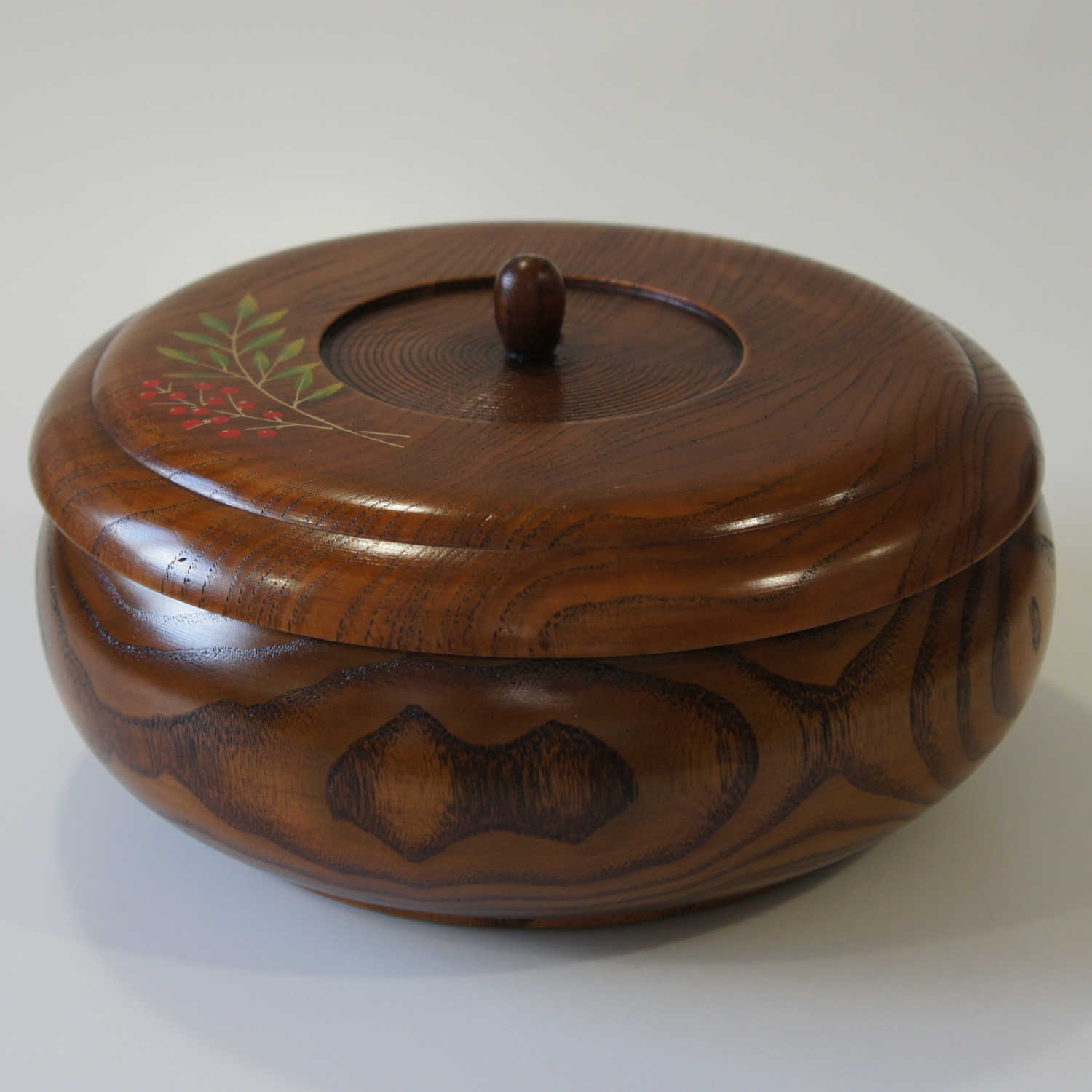Wooden tableware
Japanese-made wooden tableware is loved worldwide for its high quality and traditional craftsmanship. These tableware items are characterized by beautiful designs, durability, and the warmth of natural materials. Here’s a detailed explanation of Japanese-made wooden tableware:
1. Materials:
Japanese wooden tableware is primarily made from natural wood. Commonly used woods include hinoki (Japanese cypress), sugi (Japanese cedar), hiba (Japanese cypress), kabas (Japanese birch), and keyaki (zelkova). These woods are chosen for their durability and suitability for tableware.
2. Manufacturing Techniques:
The production of wooden tableware involves traditional woodworking techniques such as hand carving and woodturning. Japanese artisans meticulously carve, shape, and finish the wood to create smooth and beautiful pieces.
3. Design:
Japanese wooden tableware features simple and refined designs. Inspired by traditional Japanese aesthetics, many pieces exhibit delicate and flowing curves, as well as intricate carvings. Natural wood grains and hues are also emphasized to enhance their natural beauty.
4. Uses:
Wooden tableware is widely used for enjoying meals at the dining table. Items such as bowls, chopsticks, trays, plates, and cutlery are used for various cuisines, both Japanese and Western.
5. Maintenance:
Wooden tableware is relatively easy to maintain and can be cleaned using water and mild detergent. However, prolonged soaking in water or washing in a dishwasher should be avoided. Regular maintenance and applying wood oil can help preserve the durability of the tableware.
Japanese-made wooden tableware is not only appreciated for its beauty and functionality but also recognized as an environmentally friendly and sustainable choice.
With unique grain patterns and individual color variations, it possesses a distinctive allure.
Showing all 3 results


